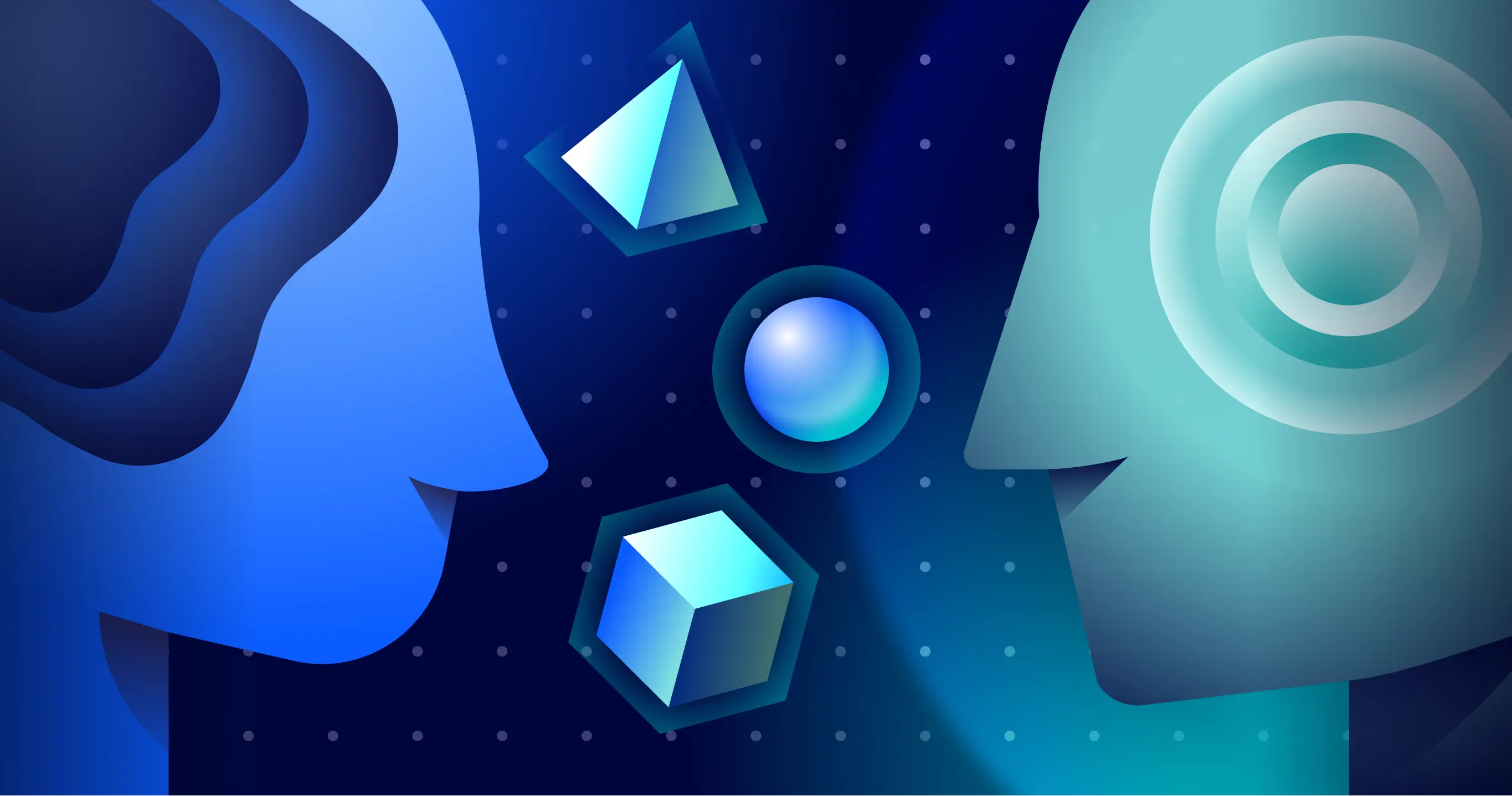The best companies are laser-focused on providing exceptional experiences for their customers to differentiate themselves in competitive markets. But to provide that experience externally, they need to look inward first. To attract and retain the best talent, organizations need to be able to tout a strong culture, and digital employee experiences are becoming essential to keeping employees happy, engaged, and productive.
Many organizations, including Zoom, are creating AI tools as a way to serve employees and help them to do their jobs better. For example, when I couldn’t attend a recent meeting, one of our new AI features helped me stay on top of what I needed to do. Zoom’s meeting summary feature sent me a quick recap of the topics covered and an action item I was able to complete within minutes, saving me time while helping my team take their next steps.
On the other hand, employees are understandably nervous that using AI to automate tasks may make their roles redundant. Navigating this tension and figuring out how to incorporate AI in the workplace effectively is on a lot of employers’ minds lately.
I sat down with Zoom customers Casey Santos, chief information officer at Asurion; David Strickland, VP of telehealth and care at home technology at Kaiser Permanente; and Jason Averbook, senior partner and global leader of digital HR strategy at Mercer, during our most recent Work Transformation Summit to talk about how they’re using AI to improve the digital employee experience. Here are some key takeaways.














